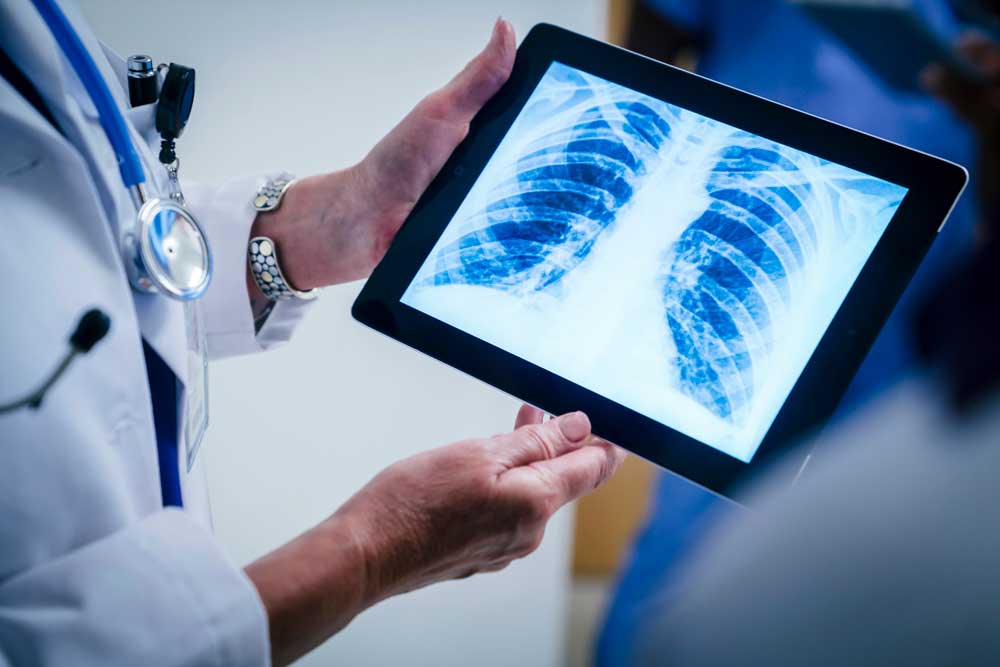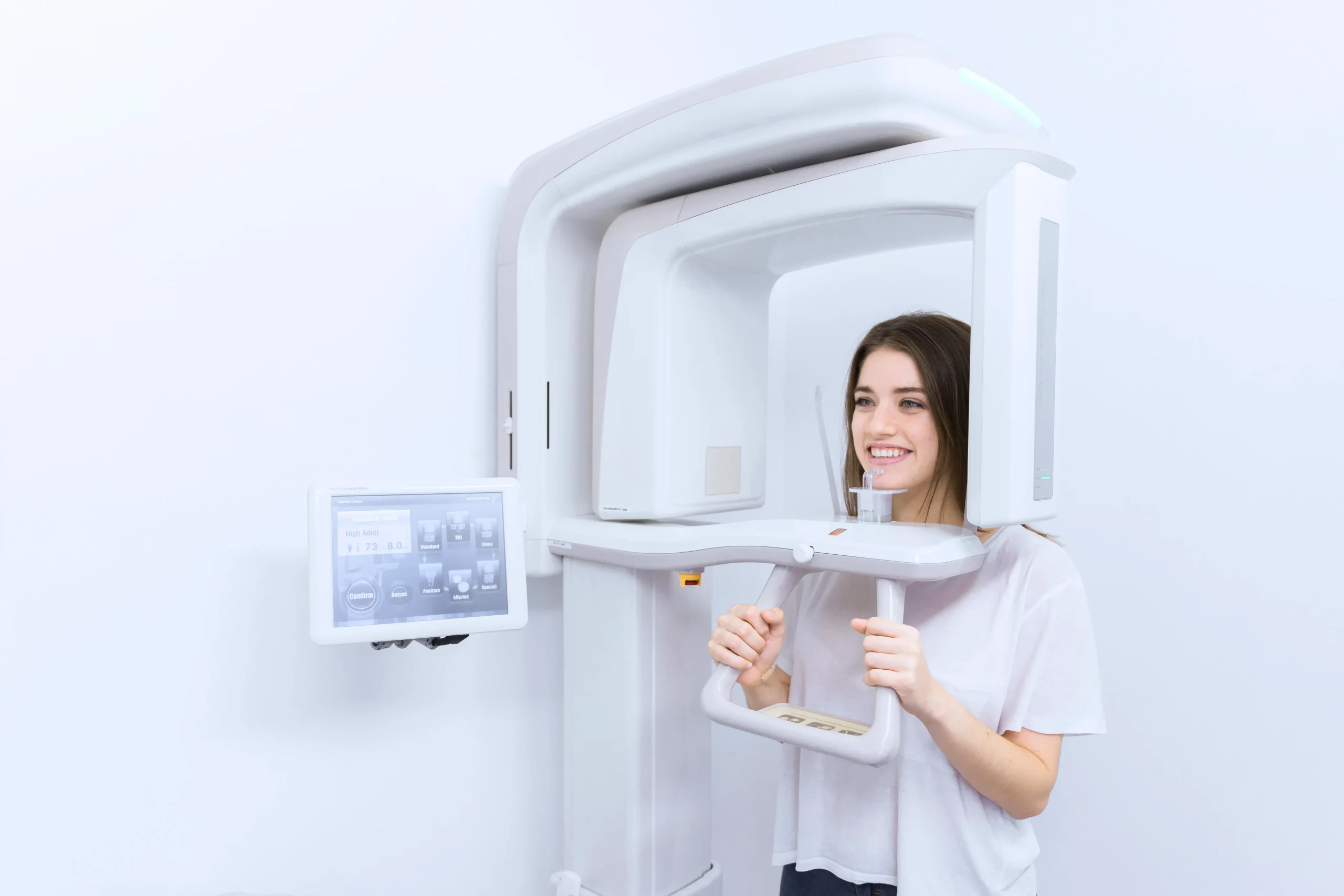X-Ray
Medical x-ray
Medical x-rays are used to generate images of structures inside the body
X-rays are a fast, painless, and widely used imaging technique that allows doctors to view the inside of the body—especially bones and certain tissues. They use a small amount of ionizing radiation to create images that help diagnose, monitor, and treat medical conditions.
Why They're Done:
-
Detect fractures, dislocations, or bone infections
-
Diagnose lung conditions (like pneumonia or tumors)
-
Identify digestive tract issues
-
Locate foreign objects in the body
-
Monitor progress of healing or treatment
Common Types of X-rays:
- Chest X-ray
- Bone and joint X-ray
- Abdominal X-ray
- Dental X-ray
- Mammogram (breast X-ray)
What to Expect:
You’ll be positioned between an X-ray machine and a detector. The scan is quick and painless—usually done in just a few minutes. In some cases, a contrast dye may be used to highlight certain areas.
Preparation:
Usually none. You may be asked to remove jewelry or wear a gown. Always inform your provider if you are pregnant or may be pregnant.
OPG x-ray
OPG X-ray, or Orthopantomogram, is a panoramic dental X-ray that provides a broad view of the entire lower face. It captures all the teeth in both the upper and lower jaws, as well as the jawbone, sinuses, and temporomandibular joints (TMJ), in a single image.
Why They're Done:
- Evaluate wisdom teeth and tooth development
- Detect impacted teeth, cysts, or jaw disorders
- Plan orthodontic or surgical treatments
- Assess TMJ (jaw joint) issues
- Monitor dental health in children and adults
How It Works:
The machine rotates around your head while you stand or sit still, capturing a wide-angle image of your mouth and jaw. It uses a low dose of radiation and takes just a few seconds.
What to Expect:
-
Quick, painless procedure
-
You may be asked to remove glasses or jewelry
-
A bite block may be used to position your jaw correctly
Preparation:
Minimal preparation is needed. Just follow the technician’s instructions and avoid wearing metal near the head and neck area.


